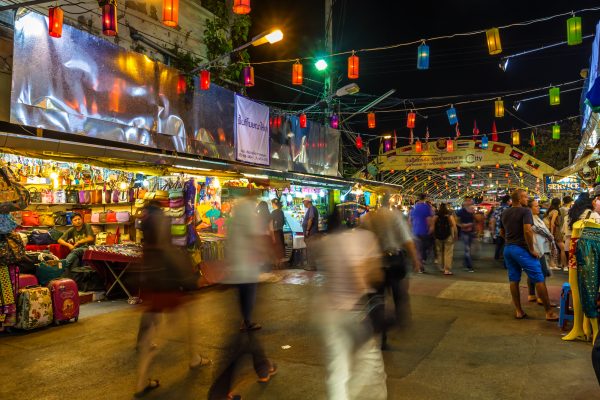But the grocery inflation that’s hit everyone’s pocketbook applies to coffee, too. From June 2021 to June 2022, the average price of ground or whole-bean coffee bought at stores increased by more than 20%, then another 9.2% between August 2022 and August 2023, according to Statistics Canada. As for coffee shops, recent data from Square shows that the average price of a latte has passed the $5 mark—though if your tastes are simpler, you can still get drip coffee for under $3.
Of course, coffee doesn’t grow on trees—at least, not in our climate. There are reasons these little beans of joy cost what they do. Here’s why, plus some tips on avoiding sticker shock without having to cut back on your java habit—at least, not much.
What factors affect the price of coffee?
Coffee is both a crop and a processed food product (unless you’re roasting your beans at home), so it’s easy to imagine what goes into the cost: everything from farm labour and fertilizer to shipping, roasting, packaging, marketing and, of course, retail markup. Also, if you’re buying your morning brew from a local café, add on the cost of the the cups and other ingredients like milk and sugar, as well as overhead costs like rent, staff, equipment and everything else that keeps a business in Canada going. All of these things get factored into the amount you pay when you tap your card.
Let’s start with farming. Coffee won’t grow just anywhere, or we’d all have it in our yards. Almost three-quarters of the coffee we import comes from Colombia, Brazil, Honduras and Guatemala, and local issues come into play for prices there. For instance, in 2022, demand for higher wages among pickers in Colombia led to higher harvesting costs.
And even in countries such as Ethiopia that are known for the crop, coffee trees are very particular about where they thrive. That’s where climate change comes into play. Rising temperatures, less predictable rainfall and the increase in extreme weather events are significantly reducing the amount of land that’s suitable for growing coffee while also harming the crops that continue to grow. Coffee, as a crop, is seen as particularly vulnerable to climate change, and some studies estimate that by 2050, the amount of land suitable for growing coffee will be cut in half. Meanwhile, coffee farmers are already noticing negative changes to their typical weather, growing season and harvests.
Now down the supply chain… Once you’ve got the beans, you have to move them. If you think you gas is expensive, imagine what it costs to fill up a freighter ship. Then there’s trucking it around this big country of ours: while freight prices have dropped since their 2022 peak, they’re still significantly higher than in the past.
Closer to home, the same issues pushing up prices of other goods are affecting the cost of coffee, too. Think: wages, rent, cleaning products to keep that bathroom sparkling, even the electricity used to power the grinder. Plus, the price of milk is up, as is the price of oat milk—the latter also linked to climate change, as oat harvests are down due to poor growing seasons. It’s enough to make a person switch to brewing foraged dandelion roots instead—almost.
Where can you find a good deal on coffee?
You know this already, but it bears repeating: it’s cheaper to make your own coffee than to buy it at a café, where you’re paying a surcharge for labour, overhead costs and that seat by the window. The walk to your local coffee shop for a caramel macchiato to help cure your 3 p.m. slump is an enjoyable treat, for sure, but recognize that you’re paying for the experience, not just the beverage.





















Discussion about this post